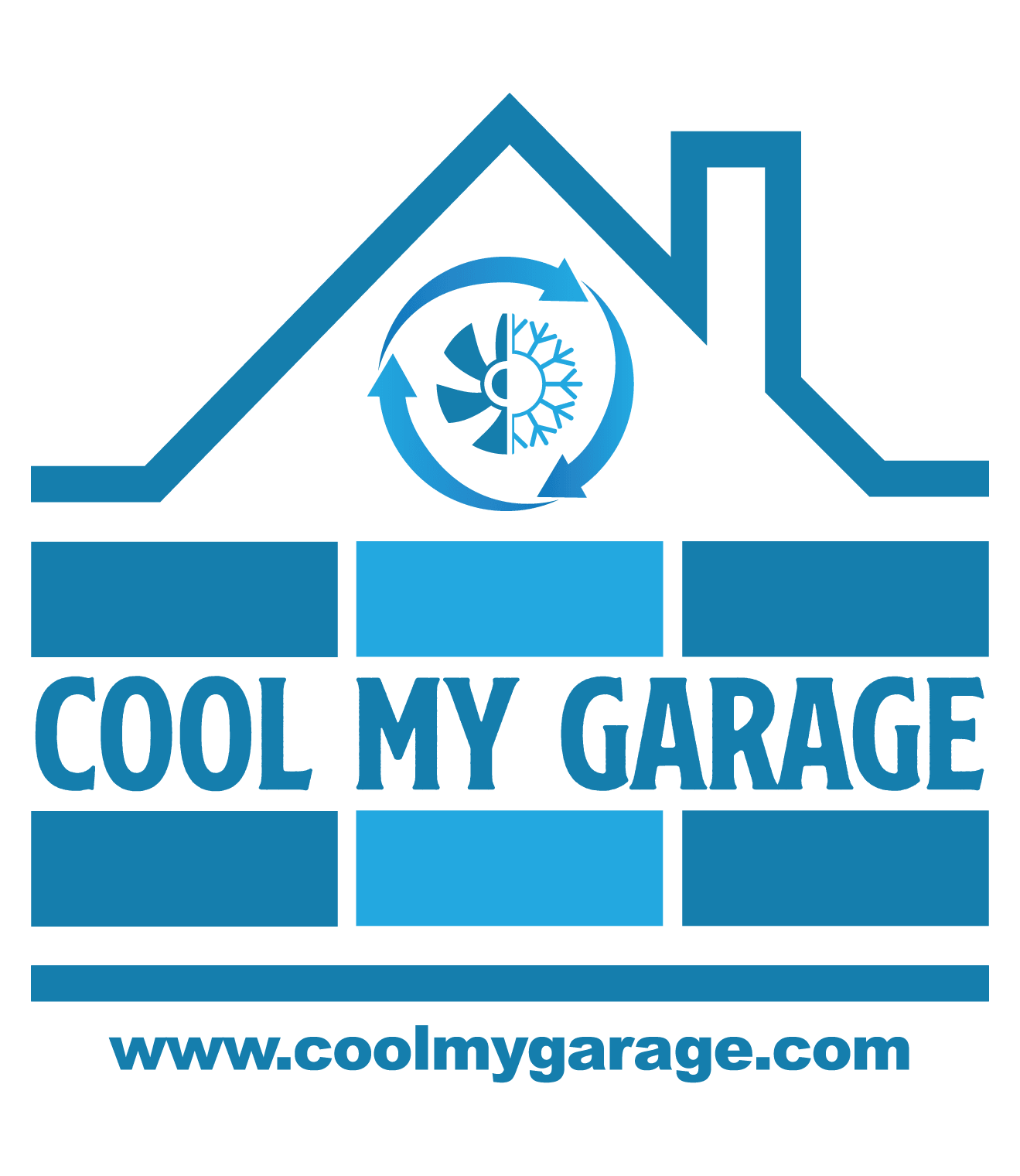An organized garage workshop can be an asset for any homeowner, providing a designated space to tackle projects, store tools, and manage home repairs with ease. With a smart layout and efficient storage solutions, even the smallest garage can be transformed into a productive work area. Here’s a guide on how to create a functional and organized workshop in your garage.
1. Plan Your Layout for Workflow Efficiency
An efficient layout is essential for any workshop. Start by envisioning the tasks you’ll perform most frequently, whether they involve carpentry, automotive work, hobby work, or general home maintenance. Plan your workspace so that frequently used tools and equipment are easy to access. Position your workbench at the center or in a well-lit corner, with shelving and tool storage nearby to streamline your workflow.
Consider a “zone” layout, with distinct areas for specific tasks:
- Workbench Area: Your primary workspace, with ample lighting and a stable surface.
- Tool Storage Zone: Nearby cabinets, pegboards, or wall panels for tools.
- Storage for Materials: Shelves or bins for wood, hardware, paint, and other supplies.
- Cleanup and Utility Zone: Space for trash bins, cleaning supplies, and utility hooks.
For garages that double as storage areas, place items that don’t belong in the workshop in a separate area to avoid clutter and maintain focus.
2. Invest in Quality Storage Solutions
Effective storage solutions keep your workspace organized and tools within reach. Aim to maximize vertical space by using wall-mounted storage. Options include:
- Pegboards: Ideal for frequently used tools, as they make it easy to see and access items quickly.
- Shelving: Heavy-duty shelves can hold toolboxes, equipment, and larger items.
- Cabinets: Store chemicals, paints, and sharp tools in lockable cabinets to keep the area safe.
- Overhead Racks: Perfect for storing seasonal items or less-used equipment, leaving more room below.
Use a mix of open and closed storage to maintain a balance between accessibility and tidiness. For smaller tools and hardware, stackable bins with clear labels make it simple to find what you need.
3. Prioritize Safety with Proper Ventilation and Lighting
Safety is paramount in a garage workshop, especially where power tools or potentially hazardous materials are involved. Ensuring proper ventilation can make a huge difference, helping to reduce dust, fumes, and excessive heat. A garage and attic fan, like the CMG GF-14, is an effective solution for maintaining fresh air circulation, which is particularly useful for garages without windows.
Install task lighting above your workbench to prevent eye strain and ensure visibility during detailed tasks. Consider using LED strips or focused workbench lights, along with general overhead lighting for the entire space.
4. Organize Your Tools for Accessibility
With a designated spot for every tool, your workspace will stay organized and efficient. Choose a system that works for your needs, whether that’s toolboxes, wall-mounted panels, or a mobile tool cart.
Here’s a simple system to get started:
- Sort tools by type or frequency of use.
- Label drawers, bins, or tool spaces.
- Designate specific areas for power tools, hand tools, and specialized equipment.
Use a single drawer or bin for smaller items like screws and nails, sorting them by size and type. Magnetic strips can hold metal tools within reach, while hooks can keep extension cords and smaller items off the floor.
5. Add Insulation for Year-Round Comfort
Insulating your garage keeps your workshop comfortable year-round and prevents extreme temperatures from affecting your tools or materials. Insulation options include foam board, spray foam, and insulation panels. This addition not only improves comfort but also reduces noise—an advantage if you’re using power tools. Paired with a garage and attic fan, insulation helps maintain a steady temperature, making your workshop usable in all seasons.
6. Maintain Cleanliness with a Dedicated Cleanup Routine
A clean workshop is easier to work in and keeps your tools in good condition. Establish a simple cleanup routine to keep clutter under control. For quick and effective cleaning:
- Wipe down your workbench after each project.
- Sweep or vacuum the floor weekly to prevent dust buildup.
- Empty trash bins and properly store hazardous materials.
If you regularly handle sawdust or metal shavings, or have other significant debris, a shop vacuum is an excellent addition for keeping your workspace clean and safe.
7. Implement a Climate Control System
A comfortable temperature makes all the difference in a workshop. Installing a garage and attic fan, like CMG’s GF-14, can effectively reduce heat buildup in warm months, while insulated garage doors help retain warmth in colder seasons. A Wi-Fi Smart Switch accessory can provide convenient control of the fan, allowing you to manage the airflow based on temperature or humidity, even from a smartphone.
Final Touches for a Functional Garage Workshop
With a well-planned layout, strategic storage, and the right equipment, a garage can be transformed into an efficient and organized workshop. Regular maintenance and organization will ensure that your workspace stays ready for any project. Whether you’re a DIY enthusiast or simply enjoy having a dedicated area for repairs, a functional garage workshop adds value and convenience to any home.
– Cool My Garage Team

